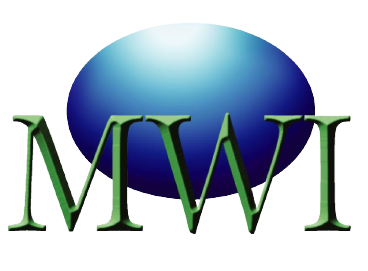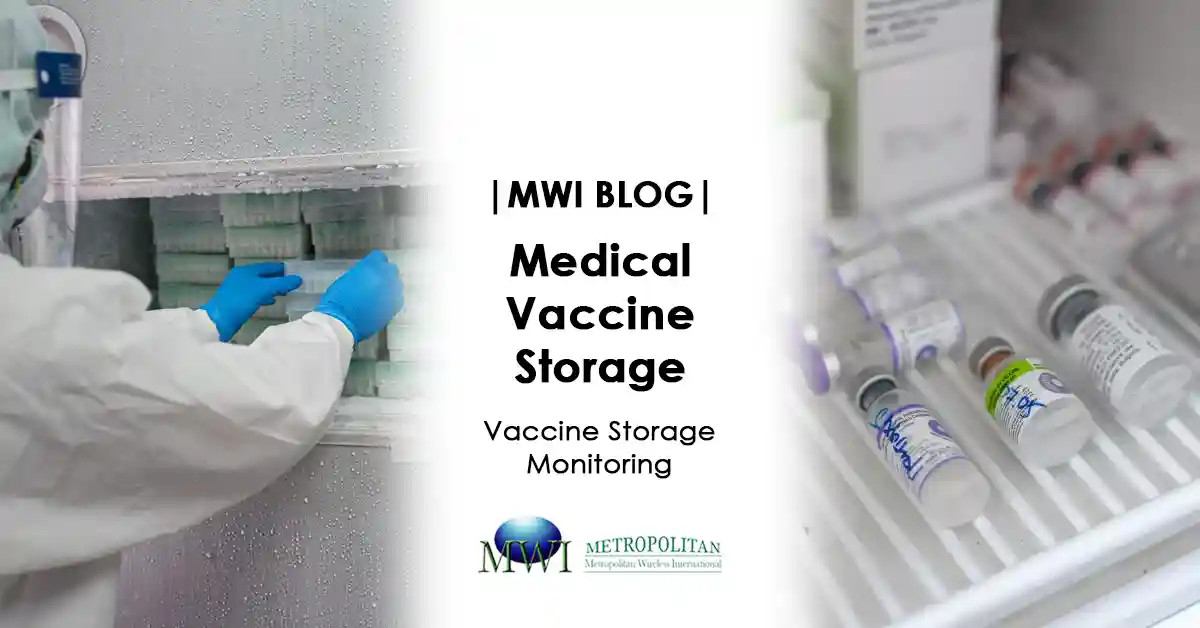Vaccines are among the most delicate and life-saving medical products in the world. Yet their effectiveness hinges on one key factor: proper temperature control.
From production to distribution to administration, vaccines must be stored within specific temperature ranges — typically 2°C to 8°C — to remain effective. That’s why temperature monitoring systems are a non-negotiable part of every vaccine cold chain.
In this blog, we’ll explore what you need to know about vaccine temperature monitoring, why it matters, and how modern IoT solutions are changing the game.
Why Vaccine Temperature Monitoring Is Critical
Vaccines contain biological materials that are sensitive to temperature fluctuations. If stored incorrectly — even briefly — they can:
-
Lose potency (reducing their effectiveness)
-
Become unsafe or unusable
-
Lead to costly wastage
-
Compromise public health efforts
-
Fail to meet regulatory compliance
These risks are especially critical for vaccines like:
-
mRNA vaccines (e.g., Pfizer-BioNTech) requiring ultra-cold storage
-
Live attenuated vaccines (e.g., MMR) that are heat-sensitive
-
Temperature-sensitive adjuvants used in various formulations

The Vaccine Cold Chain Explained
The vaccine cold chain refers to the uninterrupted series of storage and transport steps that maintain the required temperature from manufacturer to end-user.
Typical stages include:
-
Manufacturing and packaging under controlled environments
-
Refrigerated transport to national and regional distribution hubs
-
Storage in medical facilities, pharmacies, or clinics
-
Point-of-use handling during immunization campaigns
At each step, real-time temperature monitoring is essential to detect excursions and ensure product viability.
Recommended Temperature Ranges for Vaccines
| Vaccine Type | Ideal Storage Temperature |
|---|---|
| Routine childhood vaccines | +2°C to +8°C |
| mRNA COVID-19 (Pfizer) | -80°C to -60°C |
| mRNA COVID-19 (Moderna) | -50°C to -15°C |
| Inactivated influenza vaccine | +2°C to +8°C |
| Yellow fever (live virus) | +2°C to +8°C |
Even a brief deviation outside these ranges can render vaccines ineffective.
Common Causes of Temperature Excursions
Despite refrigeration, excursions are still common due to:
-
Power failures during transport or storage
-
Improper door sealing or frequent opening
-
Faulty thermostats or compressors
-
Human error (manual recording, missed alerts)
-
Inadequate insulation in packaging or coolers
That’s why passive systems alone are not enough — active, real-time monitoring is essential.
What Should a Vaccine Temperature Monitoring System Include?
An ideal temperature monitoring system should have:
✅ Continuous Logging – 24/7 temperature tracking with data logging every 5–15 minutes
✅ Real-Time Alerts – Instant notifications via SMS/email when temperatures breach thresholds
✅ Calibration-Grade Accuracy – Devices traceable to ISO 17025 reference sensors
✅ Audit Trails – Secure data storage with downloadable reports for WHO, FDA, or HSA audits
✅ Multi-Location Dashboard – View all storage units and sites from a centralized platform
✅ Battery Backup – Ensures uninterrupted logging during power outages
IoT and Wireless Monitoring for Vaccine Storage
Modern IoT-based solutions use wireless temperature sensors connected to the cloud, offering:
-
Plug-and-play setup with no wiring
-
Centralized monitoring across multiple locations
-
Tamper-proof logs and automated reporting
-
Mobile app access for on-the-go visibility
These systems greatly reduce manual errors, improve response time, and support compliance.
Real-World Example: Healthcare Facility in Southeast Asia
A public health clinic in Southeast Asia recently adopted Iotezy’s IoT temperature monitoring system for vaccine fridges and freezers. Within the first month:
-
They detected and prevented two excursions during after-hours power interruptions
-
Automatically generated compliance reports for internal audits
-
Cut down manual logbook errors by 90%
-
Ensured smooth inspections by the local health authority (HSA)
Regulatory Guidelines You Must Follow
| Regulatory Body | Requirements on Vaccine Temperature Monitoring |
|---|---|
| WHO | Continuous monitoring + 30-day minimum logs |
| FDA (USA) | CFR 600.15 – Storage controls |
| HSA (Singapore) | Proper storage & excursion response protocols |
| MOH | National Immunization Program (NIP) standards |
Falling short can result in penalties, inventory recalls, or worse — harm to public health.
How MWI Supports Vaccine Cold Chain Monitoring
Iotezy provides tailored solutions for clinics, hospitals, and national vaccine programs with:
-
Medical-grade IoT temperature sensors
-
WHO-compliant logging and alerts
-
Real-time dashboards for centralized control
-
Support for calibration and audit-ready reporting
-
Affordable subscription plans for public and private sectors
Trusted by healthcare providers and vaccine distributors across Southeast Asia.
Other Blogs
Food Storage
Medical Storage
IT Equipment
Server room temperature & humidity monitoring


